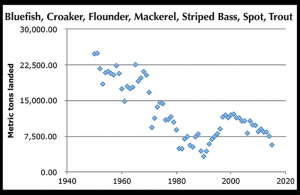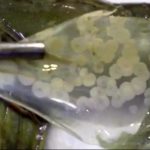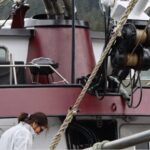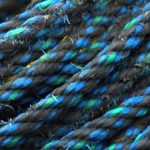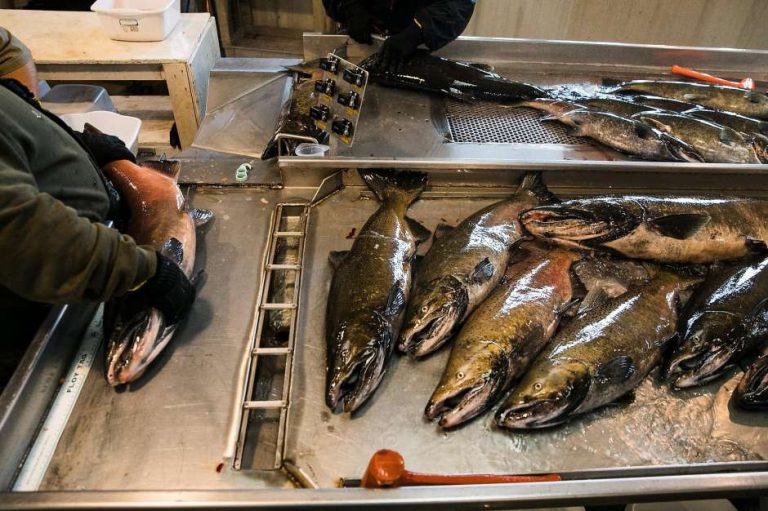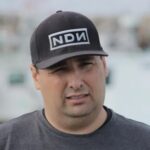Daily Archives: November 19, 2017
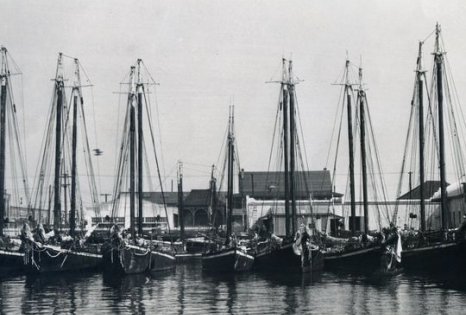
Appleyard: Pensacola’s fishing industry had a few odd twists
Northwest Florida’s economic history usually places illustrations on the years 1870 to 1965, when over time three large organizations plied the fishing trade. During those years the Sewell Cobb firm, Warren Fish Company and the E.E. Sanders and Company became sizable employers, using a total of as many as 60 well-built smacks for a trade that took the skilled lineman far into the gulf, often off the coast of Mexico. This trade became possible when local ice production provided practical cooling for the fish-filled box cars, the cars coming, of course, when the L&N Railroad’s trackage would bring the fresh-iced fish to markets to the north. Usually the industry is detailed within those factors; however, there were two other tales that illustrated the ingenuity of men in their desire to earn a dollar. click here to read the story 19:02
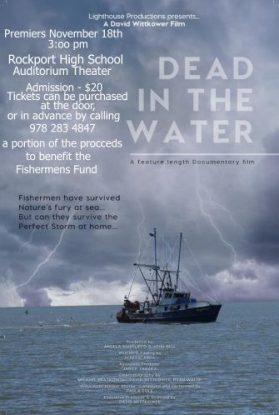
“Dead in the Water” premiere packed
John Friedrich drove down here from Amesbury on Saturday afternoon for the sole purpose of attending the premiere of the fishing documentary “Dead in the Water” at the Rockport High School auditorium. Friedrich had read a story in the Newburyport Daily News about the documentary that chronicles the demise and unceasing challenges faced by the once-mighty Gloucester groundfish fleet and thought it was something he should see, to gauge for himself the true extent of the problem. “I thought the film was very well done,” he said of the 15th documentary from veteran filmmaker and Rockport native David Wittkower. “But it was also very disturbing, just emotionally disturbing. It’s such a tragedy. The problem is so much more huge than I imagined.” click here to read the story 18:17
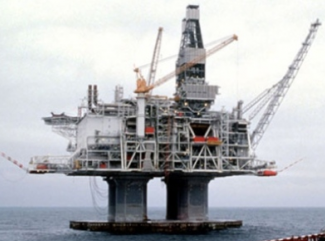
20 years later, Hibernia really changed us (and not entirely for the better)
John Gushue – A little more than 20 years ago, I was working on a CBC Television documentary series called East of Canada, which had the aim of covering 500 years of history in Newfoundland and Labrador. It was an ambitious undertaking, even with five one-hour episodes (and, believe me, there are not a whole lot of pictures to describe most of those years). In the spring of 1997, toward the end of production, there was an event that seemed perfect for visual contrast of where the place had been and where it might be going: the towout of the Hibernia platform. We had been chronicling the upheavals of history, the rise and fall of the codfish, the aspirations and dashed dreams of a place that never quite found its economic footing. click here to read the story 16:11
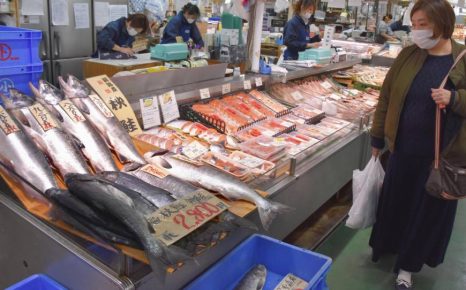
Hokkaido: Poor catches inflate salmon and saury prices ahead of year-end holidays
Poor catches for salmon and saury in the North Pacific have caused prices to spike across Japan as the year-end shopping season begins. In Hokkaido, which accounts for 70 to 80 percent of the nation’s autumn salmon catch, this season’s haul fell by more than 30 percent in the period ended Nov. 10, dropping to around 15.3 million fish, according to the prefecture’s fishery management division.,, In addition, fishermen are struggling with poor catches of saury, a slender but fatty fish popular as an autumn delicacy. click here to read the story 14:48
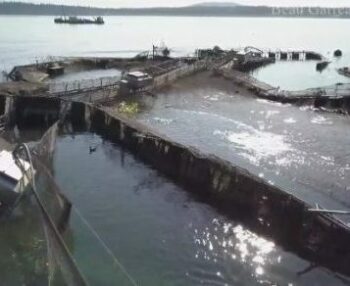
The science is in — salmon farms need to be out
The salmon-farm debate has come full circle with the recent escape of nearly 200,000 potentially invasive farmed Atlantic salmon 33 kilometres from B.C. waters in Washington state. Over the years, public outrages associated with this industry have unfolded like so many layers of a rotten onion: sea lice, viruses, organic pollution, 10 times the carcinogens in the flesh of farmed salmon versus wild, legal shooting of seal and sea lion “pests,” whales entangled in nets and anchor lines — and the list goes on. This is all unfolding against a backdrop of vehement objections from First Nations. click here to read the story 09:27
PAT NEAL: New threat to our threatened salmon – Here in the Pacific Northwest, there are 19 populations of salmon and steelhead listed as threatened under the Endangered Species Act. There are many reasons for this. click here to read the story 11:20
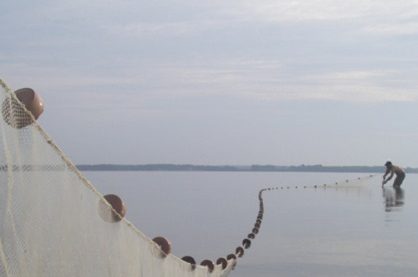
Juvenile striped bass maintain average abundance in Virginia waters in 2017
Preliminary results from an ongoing long-term survey conducted by researchers at the Virginia Institute of Marine Science suggest an average year class of young-of-year striped bass was produced in Virginia tributaries of Chesapeake Bay in 2017. The 2017 year class represents the group of fish hatched this spring that will grow to fishable sizes in 3 to 4 years. The program, formally known as the Juvenile Striped Bass Seine Survey, recorded a mean value of 8.98 fish per seine haul in the Virginia portion of Chesapeake Bay, which is similar to the historic average of 7.77 fish per seine haul. click here to read the story 08:16
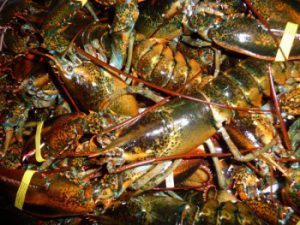
Shell, lacked? Lobster catch might be much less this year
Maine’s lobster haul might be less this year, and prices have drifted downward for both lobstermen and consumers, members of the industry say. American lobster fishing is in the midst of a multiyear boom, with Maine fishermen setting a record of nearly 131 million pounds last year. Fishermen in the state have caught more than 100 million pounds for six years in a row after never previously reaching that total. But fishermen saw smaller catches this summer, and some in the industry believe the catch could be as much as 30 percent off this year, click here to read the story 07:47


































